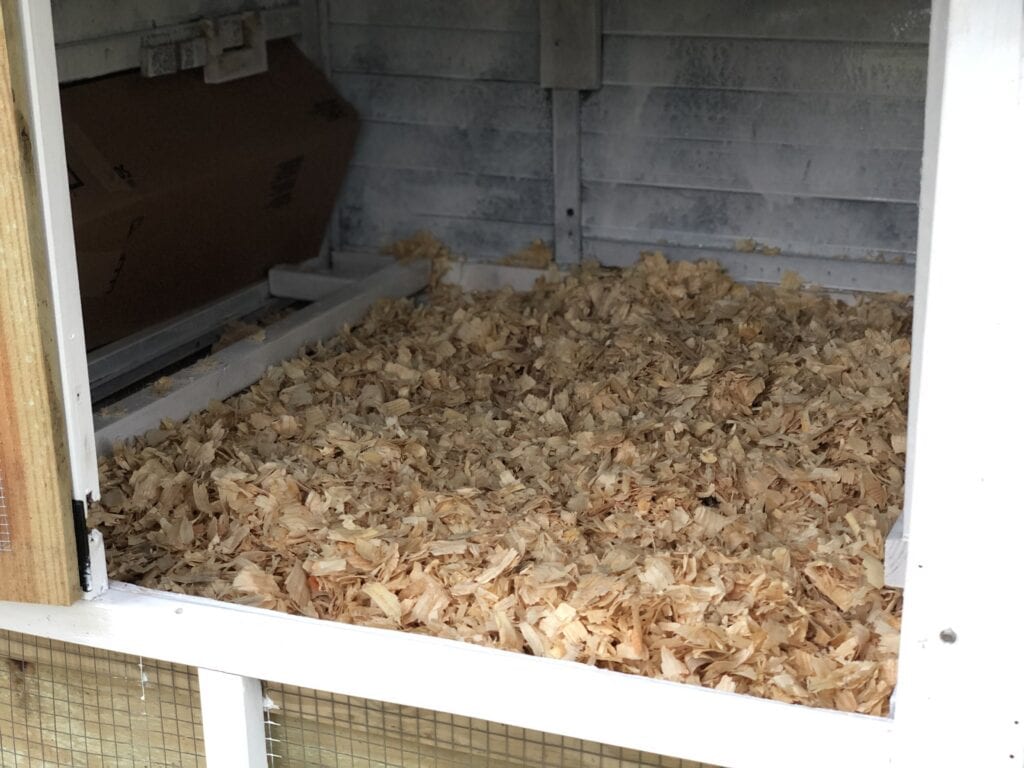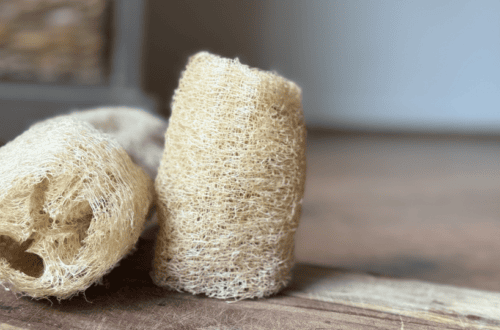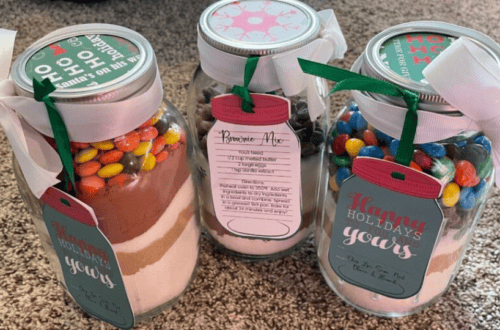How to Easily Maintain a Smell-Free Chicken Coop
When I told my husband I wanted chickens, all he could do was complain about his grandfather having chickens and how their barn was so darn stinky. He really didn’t want to get them because of his experience. I kept telling him about all the things I had researched and how I thought I could do it better. Now he brings people back to the back and talks about how we have a smell-free chicken coop and tells them all the tricks to doing it too. Even though he is NOT the one who deals with it. Haha, but that is okay. I let him have it. I love that he loves it.

This post contains affiliate links. This will not cost you anything but helps us to offset the cost of running the blog. We only share products we are using and are items we would recommend to a friend. Thank you for your support! Click ‘HERE’ for more info.
Dreaming of chickens
I had been dreaming of a chicken coop for years! I had researched and looked at every blog post I could find to see everyone’s tips and tricks. My husband ended up sending me a video with Joel Saltin, who owns Polyface Farms and runs a blog called The Lunatic Farmer. I don’t think I have learned so much from another person out there. He shares every part of his farming experience, and I appreciate all he has done for the community of farmers. (Even us small backyard ones).
One of the things he has is a specific building filled with chickens and rabbits where he uses the deep litter method. He really dives into the amazing benefits of wood chips with his animals when they are not on pasture. His points were convincing. Well, that and he sat there eating a sandwich surrounded by chickens and rabbits, talking about how, with no smell going on, he had a healthy appetite. I couldn’t stop laughing. I was totally convinced.
There are three major components to having a smell-free chicken coop:
1. Having a dry coop and run.
2. Using a deep litter method in both the coop and run.
3. Using First Saturday Lime
The method is easy to start and easy to maintain. So now let me break it all down for you.
Having a dry coop is key!
First and foremost – water is not your friend, regardless of what kind of bedding you use. Water will create issues. So a coop and a run need to be kept as dry as possible. My coop, where my chickens sleep, is closed off from any rain being able to enter the coop. Good ventilation is key. This helps humidity not to add extra moisture to the inside of the coop and keeps things nice and dry. My run has a large roof with some overhangs. I also built it under a tree, which helps protect it a bit as well.
All of my watering systems are not spilling over to the ground. If they did this would mess the ecosystem up in the run and leave room for bacteria to grow or attract unwanted insects… and if you have chicken you know they poop everywhere. And wet poop – stinks! So keep it dry.
The Deep Litter Method…
So, after reading all the pros, I decided to try the deep litter method, and I love how it creates a smell-free chicken coop. I have 2 friends who run their chickens differently. One of my friends runs the deep litter method in her coop, but in her run, she has sand. The other friend uses sand throughout both her coop and run. I use the deep litter method in both. Because of this, I have had the opportunity to see the 3 different coops functioning and compare the differences. I am convinced my method works so much better, especially for me. I wouldn’t change a thing.
In all coops, the run and the coop must be maintained. Of the 3 options though – Mine gets touched the least. And I never have issues with it. I have yet to have a mite infestation. None of my girls have had lice. I have yet to have an overload of coccidiosis in my adult hens. And I only have to clean it once a year.
The highlights
I am not going to bash another system. I see people fight over what is right with the system they use. My neighbors have their reasons that they love their systems. I love them and know their reason. So let me tell you what I love about deep litter over other options:
- During the year, it is self-cleaning. The composting system breaks down the manure and kills off bacteria and pathogens.
- My only chore is to turn it every week to every other week in areas where the chickens are not turning it themselves. There is no daily poop cleaning.
- I only have to deep clean the coop once a year, which is magical!
- Each spring, I add the deep litter to my compost. I love that I can fertilize my garden with an amazing compost that has not been treated with chemicals and has no synthetic fertilizers added.
- The composted matter in the coop warms up in the winter. This helps give comfort to the chickens and their cold feet.
- As mentioned above, I have not had any mite or insect infestation.
- There is no smell coming from my coop or run.

Directions for a Perfect Deep Litter System
- Wood chips, Hemp bedding, or Pine Shavings
- First Saturday Lime
Sprinkle First Saturday Lime down and then add your bedding. I recommend adding 8 – 12 inches. Sprinkle some First Saturday Lime over the top of your bedding and then bring in the birds. Turn weekly.
Pay special attention to the coop by giving them enough bedding. Chickens do at least half of their pooping business at night. They eat throughout the day, digest the food, and then create the egg’s shell during the night. That process rids the waste – and well, it leaves a mess below them. (wink)
How a deep litter system works
For the composting system to work and be beneficial, you need to run an aerobic composting system. This is where you introduce oxygen into the mix. Using a pitchfork can help in turning your compost easily. Turning the bed helps aerate the pile and prevents methane gas from being created. The only byproducts of an aerobic composting pile are heat, water, and a small amount of carbon dioxide.
Besides oxygen, to create a system that composts itself, you need a brown, a green, and moisture. The chickens will provide the green and moisture through their manure. All you have to do is lay down the brown to create the perfect environment. Too much moisture, though, can cause a smell. It will cause the composting system to become unbalanced. You need enough brown to absorb the moisture and keep things balanced. Adding the First Saturday Lime can bring back the dryness to a coop that has gotten away from you with the moisture.
A well-maintained, properly turned compost pile in your coop will break down the materials and kill bacteria and pathogens.

So what is so big about the First Saturday Lime?
First Saturday Lime has given me such an advantage in some areas I used to struggle in. It is made with non-caustic lime and crushed limestone. This amazing formula helps control moisture (and bugs – WHAT? BONUS!!!). Yup, this product is a desiccant, which absorbs the humidity right out of the air. So when sprinkled in and around your coop and run, it helps dry things out and keeps bacteria from growing – hence no smell.
In conclusion, I have run my coop this way for over 2 years now. I love how easy it is for me to maintain. It helps give me more time in the garden and lets me keep up a little with my mom life. And I love that my husband doesn’t get annoyed with a smell. win – win – win
Interested in more tips? Read more of my chicken blog posts:










4 Comments
Pingback:
Pingback:
Cleeon
Thank you, Lisa
I just start to have chicken again, so that’s why I’m begin to learning about this deep litter management
Samantha
Great! We hope you find some helpful tips. Let us know if you have questions.